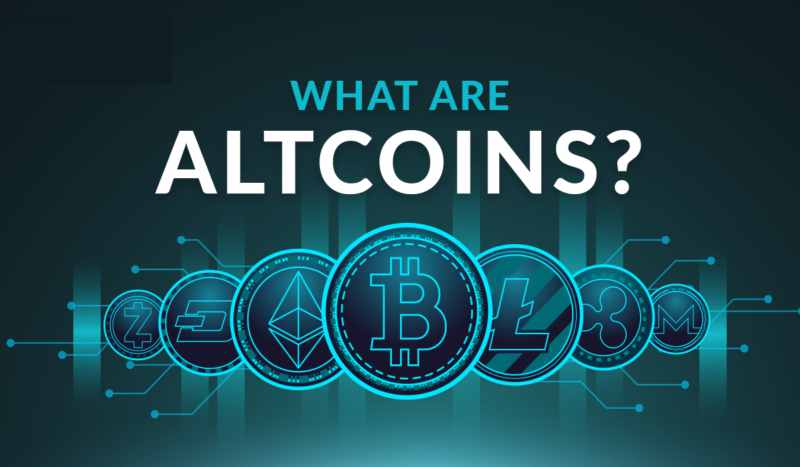Altcoins: The Other Cryptocurrencies

What comes to your mind when you hear or read the word “cryptocurrency?” You’re probably thinking of digitally minted coins brandishing with a large “B” symbol. Yes, Bitcoin is, by far, the most popular cryptocurrency on the market today. With a market capitalization of over $300 billion, Bitcoin has become an asset class of its own.
More importantly, however, is the fact that Bitcoin’s popularity, coupled with its distributed ledger blockchain-based technology, has inspired an entire culture of cryptocurrency creators, giving rise to a number of top Altcoins to invest in. Just what are these new Altcoins, and how do they stack up to Bitcoin’s current popularity?
As of late 2020, Bitcoin remains the most popular cryptocurrency in the world. Its popularity stems from not only name recognition but also circulation and investment. Many companies, large and small, are beginning to accept payments in Bitcoin. This list of Bitcoin-friendly companies includes corporate behemoths like AT&T and Microsoft, but also many smaller businesses as well.
In addition, Vanguard recently launched an ETF that tracks the value of Bitcoin. Officially called the Grayscale Bitcoin ETF, shares are currently only available to investors willing to pay the minimum buy-in cost of $100,000. In the foreseeable future, Vanguard could lower the minimum buy-in cost to a more friendly level or eliminate it, especially if Bitcoin continues to garner popularity among the masses. While Bitcoin’s success has resulted in more circulation, exposure, and more robust market capitalization, it has also inspired other initial coin offerings. These coins, different from Bitcoin, are known as Altcoins.
Just what is an Altcoin, exactly? In the most basic definition, an Altcoin is an “alternative” cryptocurrency to Bitcoin. Hence, “alt.” The key differences are how these coins are distributed and what backs them. A blockchain-based, proof of work system generates Bitcoin via mining for members of the Bitcoin network. However, not all Altcoins follow this model. Some, known as stable coins, are tied to a currency or precious metal (gold or silver), while others, generated by private businesses, offer a dividend to investors who purchase them. There is a long, growing list of Altcoins available for purchase.
While Bitcoin dominates most headlines and crypto exchanges, a handful of scrappy Altcoin contenders have emerged. Many would argue that currently, the most notable Altcoin is Ethereum. Members of the Ethereum network receive coins, known as Ether, after confirming smart contracts’ necessary action. Another, Litecoin, uses the same proof of work idea to generate tokens that Bitcoin does but instead utilizes leaner code which doesn’t require as much energy for miners as Bitcoin does (hence the “Lite”). Finally, one of the newest and innovative Altcoins, IOTA, employs a directed acyclic graph (DAG) instead of a blockchain to confirm transactions.
Over the last five years, cryptocurrency, led by Bitcoin, has gained popularity, momentum, and financial relevance. Like smart contracts and DAGs, innovations will continue to push new Altcoins into the mainstream spotlight. Bitcoin, however, remains the most well-known and popular cryptocurrency, despite its volatility. But one cannot count out Altcoins, especially those that employ highly useful new technologies.

